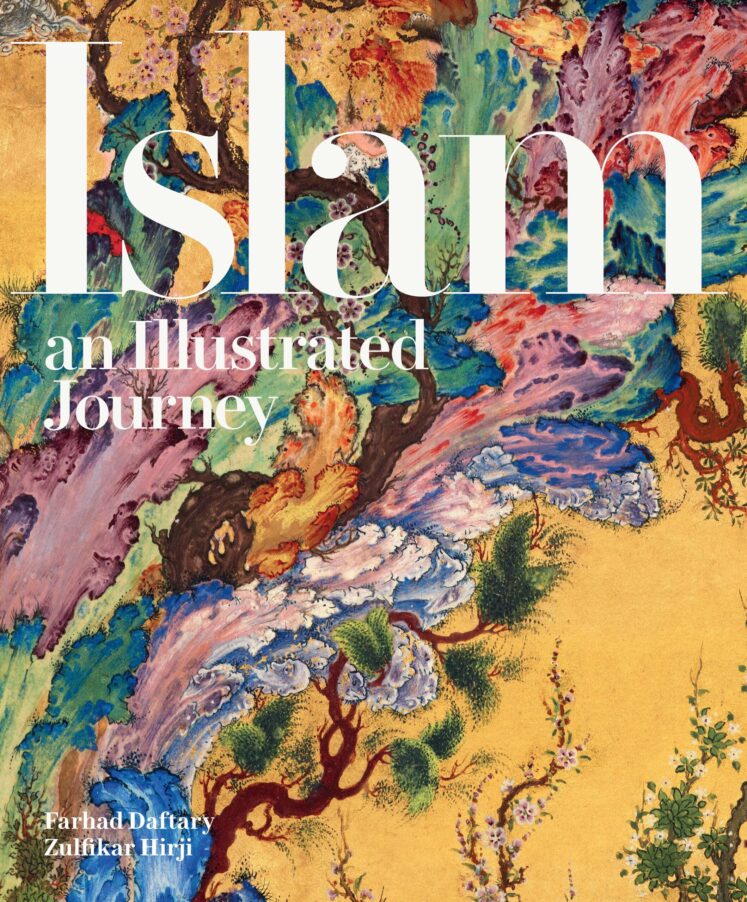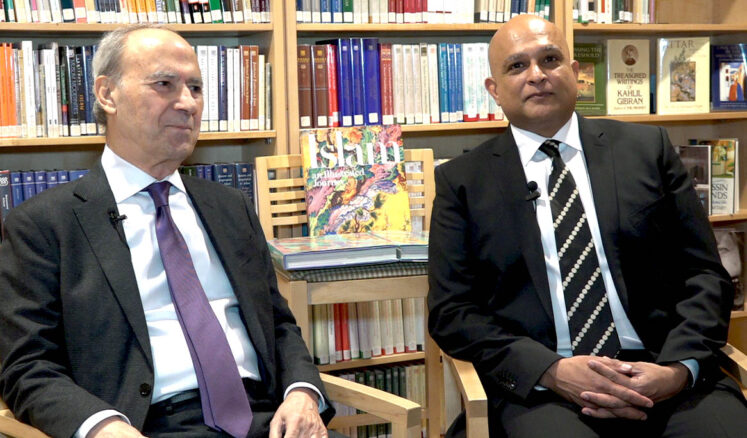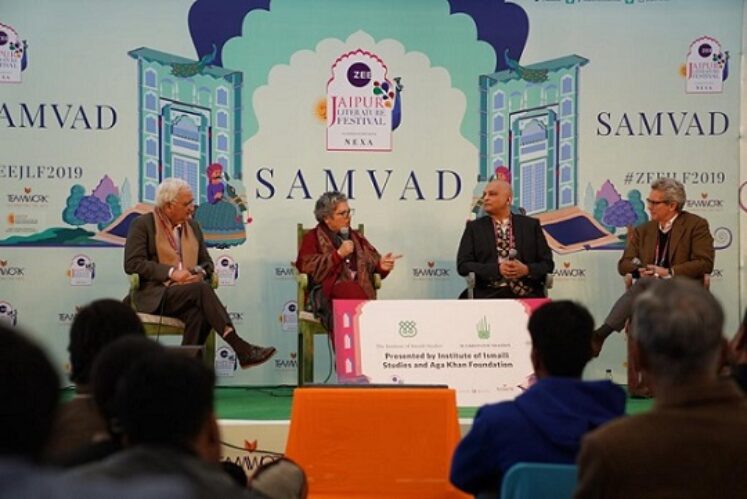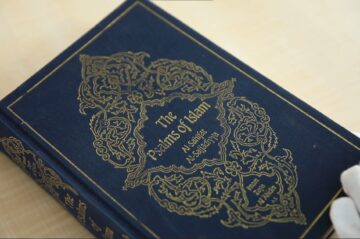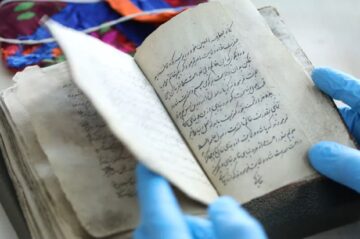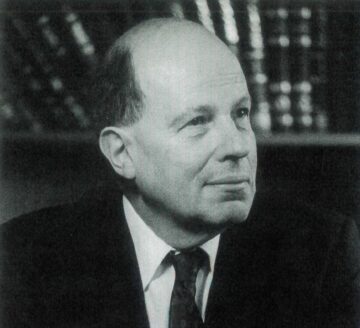Have a glimpse of our new publication, Islam: An Illustrated Journey. Travelling through more than fourteen-hundred years of the history of Islam, from the formative era to its place in the modern world, this book explores the many social and cultural landscapes of Arabia, the Mediterranean, the Middle East, North Africa, sub-Saharan Africa, South Asia, Central Asia, China, the Americas and Europe where Islam was adopted and took root.
Islam: An Illustrated Journey provides a fresh perspective on Islamic history, covering all the major Islamic dynasties, major doctrinal branches and orientations including Sunni, Shiʿi, Ibadi and Sufi communities of interpretation, as well as the contributions of Islam’s key historical personalities, both men and women.
Follow the journey of the book around the globe

